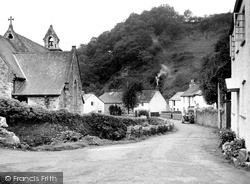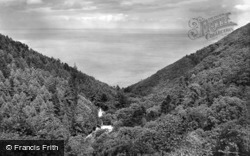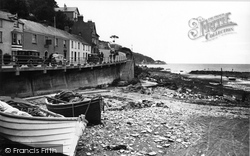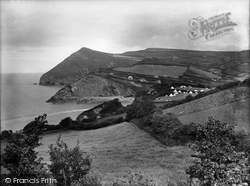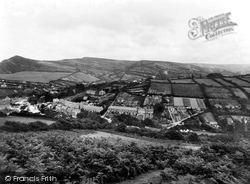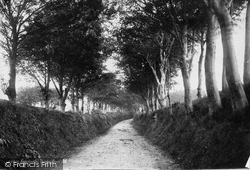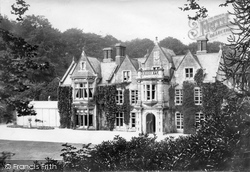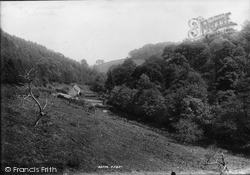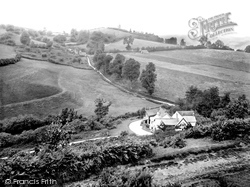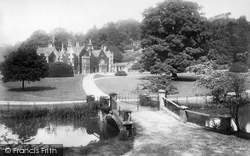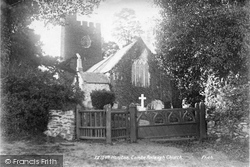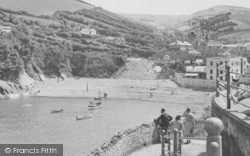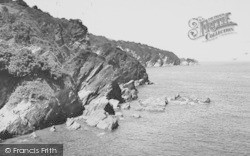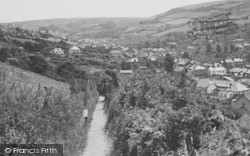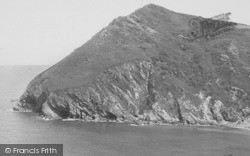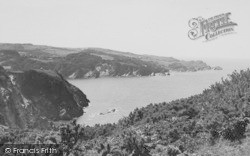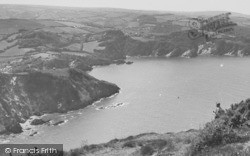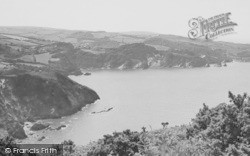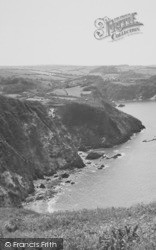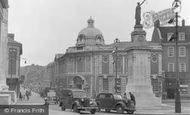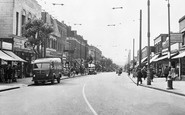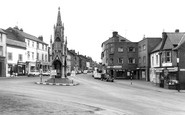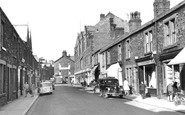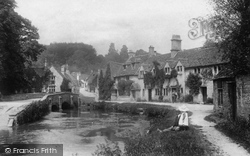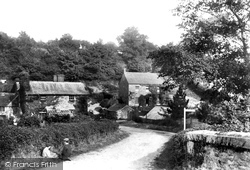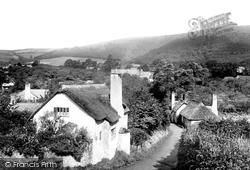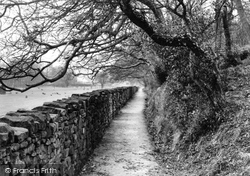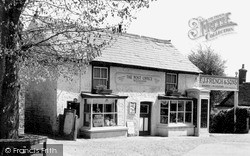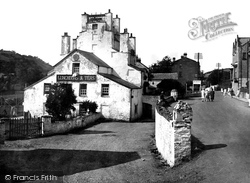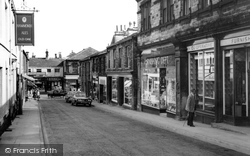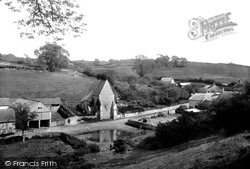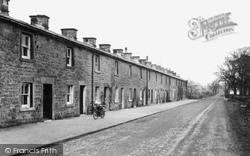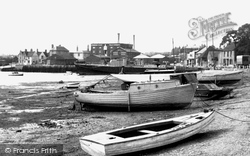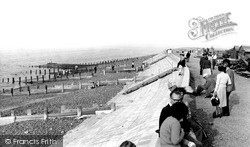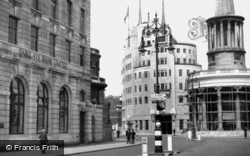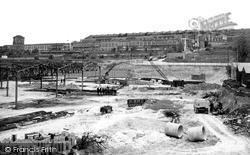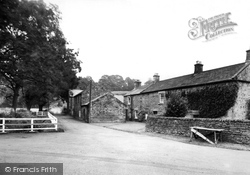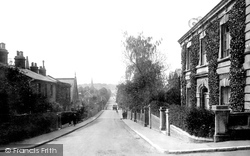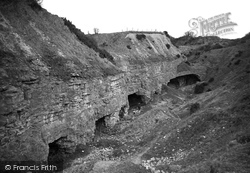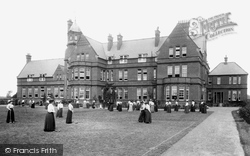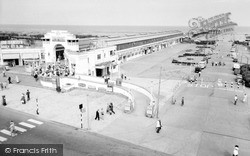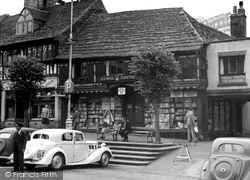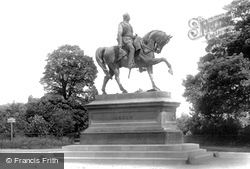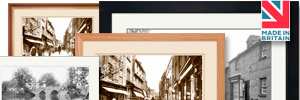Places
31 places found.
Those places high-lighted have photos. All locations may have maps, books and memories.
- Combe Martin, Devon
- Castle Combe, Wiltshire
- Combe Down, Avon
- Milton Combe, Devon
- Combe St Nicholas, Somerset
- Monkton Combe, Avon
- Burrington Combe, Avon
- Combs, Derbyshire
- Combe Raleigh, Devon
- Combe, Sussex
- Combe, Oxfordshire
- Combe, Berkshire
- Combs, Yorkshire
- Combs, Suffolk
- Combe, Hereford & Worcester
- Combe, Devon (near Blackpool)
- Combe, Devon (near Salcombe)
- Combe, Devon (near Buckfastleigh)
- Combe, Somerset (near Somerton)
- Combe Almer, Dorset
- Combe Fishacre, Devon
- Combe Florey, Somerset
- Combe Hay, Avon
- East Combe, Somerset
- Combe Common, Surrey
- Combe Pafford, Devon
- Combe Throop, Somerset
- Combs Ford, Suffolk
- Abbas Combe, Somerset
- St Combs, Grampian
- Combe Moor, Hereford & Worcester
Photos
704 photos found. Showing results 41 to 60.
Maps
161 maps found.
Books
Sorry, no books were found that related to your search.
Memories
1,238 memories found. Showing results 21 to 30.
School Days
As far back that I can remember, it was the summer of 1934 when I first started school at St Mary's Roman Catholic School in Calcutta Road. I sat next to a friend that I had made (John Toole) Who later in life emigrated to Canada and was ...Read more
A memory of Tilbury in 1930 by
The Teachers.
The lovely talented and sophisticated Miss Bartlett took the youngest class. I think she may have been to art school cos she drew a Spanish Conquistador (complete with sailboat steel helmet) in coloured chalk on the blackboard, dressed ...Read more
A memory of Luton
A Schoolboy's View Of Bexleyheath In The Early 1950s
I went to school in Bexleyheath between 1950 and 1954. I believe the school was in Pelham Road but I can't be sure. Maybe there was a separate infants department in North Street? My first ...Read more
A memory of Bexleyheath in 1950 by
An Evacuee
I remember a sunny day in 1940 a 10 year old London kid alone nervous scared alone except for a bunch of other kids, We had been scurried away from war torn London having gone through the Battle of Britain German airraids. The British ...Read more
A memory of Daventry by
Leaving A Mark On The Landscape
It was 1966 myself and 2 colleagues were bouncing across the downs in a Landrover when I first saw Imber. What a beautiful little village nestled in the bottom of the valley. It's red brick manor house next to the church ...Read more
A memory of Imber by
Turpins The Bakers
I'm have somewhat distant relationship with Lee Green: My grandparents owned a greengrocers in Weardale Road and I was told that there were soirees at the Turpins where Fred Turpin used to play the piano ..... a lot of Chopin I ...Read more
A memory of Lewisham by
The Old Co Op.
I was born in Market Street in 1939. Later, because of the war, my mum left me in Millom for my grandad and grandma Kirby to look after me. Mum went back to be with my dad in heavily bombed Manchester. I spent the war years here and ...Read more
A memory of Millom in 1940 by
The Docks
There does not seem anything earlier than 1970s for West Asthton Street in Salford?I was living @ number 53 as a baby & can remember a bomb blowing out the cellar windows when they bombed Salford docks.My gran lived there & looked ...Read more
A memory of Salford
St.Matthias Youth Club 1950s
I was born in December 1939 in Redhill Hospital which then changed to Edgware General. My parents Bill and Gladys Wyness lived in Marlow Court, Colindeep Lane and my maternal grandparents lived in Chalfont Court also in ...Read more
A memory of Colindale by
First Flight
This is the plane I had my first flight in during the 1950s. My father had done some work for the owner/pilot , so as a reward we had a flight along the coast, I remember the pilot always used to dive bomb a large dune near where Caister Holiday Camp is .
A memory of Caister-on-Sea by
Captions
232 captions found. Showing results 49 to 72.
Castle Combe was originally the site of a Roman villa; the Normans built a castle here, and for centuries the village was a centre for cloth weaving.
The corn mill is on the extreme left, while out of shot is a large wool combing mill which brought prosperity for a while.
Since then the trees have advanced somewhat into the foreground; the track to Watercombe is now tarmacked, as is the right-hand one, which descends into the East Water combe on its way to Exford
Instruments for combing and carding wool have been found at farms nearby.
A nearby vantage point at Combe hill is 638 feet high. The village church of St Mary's is an Early English building with an ancient chest and coffin.
This is arguably the most fascinating building in Combe Martin, built in 1690 and Grade II listed.
By 1890, the town was the world centre of card clothing, the making of a device (a sheet of leather inset with wire teeth) to comb wool prior to being spun.
Walk a short distance from the hamlet and marvel at numerous waterfalls, disused pits and the course of the Roman road through Combs Wood.
Pyne Cottage, in Lidyates Lane (centre background), is a reminder of the ancient family who owned the village, which lies in the combe that gave Combpyne the other element of its name.
Four hundred of these workers combed wool in their homes at Forton, Scorton and Nether Wyresdale.
These men have left behind evidence of their incarceration in the carved animal bones, left-overs from their meals, that they fashioned to make games and combs.
The deed was witnessed by Francis Combe of The Bury and Richard Gawton, the Vicar of St Mary's. The moor was administered by twelve feoffees (trustees).
In March 1943, one mile to the east of Reculver Towers was cordoned off, and on 11 April Wing Commander Guy Gibson tested the Barnes Wallis 'bouncing bomb' in Reculver Bay.
The white Portland stone building was painted grey with the coming of war, but a bomb fell in the centre in 1940 killing seven people during the 9.00 pm news - which continued uninterrupted.
On 30 August 1940, a 100kg bomb scored a direct hit on Park Street bus depot, killing one person and creating a temporary bus shortage.
Taken from near the Wells Road above the south bank of the River Avon, this is an archive view, for much was destroyed in the Baedeker and other bombing raids during World War II.
In the 1950s Acomb boasted a number of 18th-century buildings. Tynevale House was built in 1754, Town Head in 1796, and the Miners Arms in 1750.
During the Second World War, Ware escaped most of the bombing; however, a stick of bombs damaged a number of houses on New Road.
These impressive caves, their interiors hewn out of the limestone rock, were later to be used to house the wartime 'bouncing bomb'.
Originally founded for the training of school mistresses, the college was bombed and destroyed in the Second World War. The site is now occupied by Parkside School.
In February 1941 a bomb fell just in front of the café, dropped by one of the frequent nuisance raiders that harassed the town.
The parish church lost its spire from bomb damage in the Second World War. This spire was itself a Victorian replacement for an old thatched one, now a picturesque ruin in the churchyard.
The Tudor House, with its magnificent stone slated roof, had a narrow escape from bombing in 1943.
The statue's head and sword arm were sawn off in 1944 and the mutilated remains were bombed twice, in 1956 and 1957.
Places (31)
Photos (704)
Memories (1238)
Books (0)
Maps (161)


